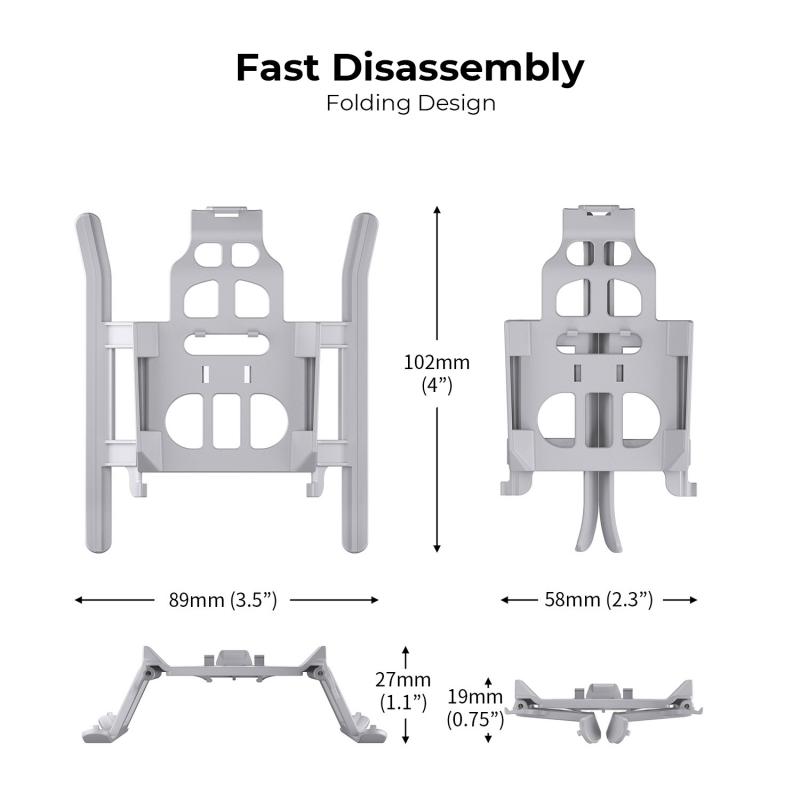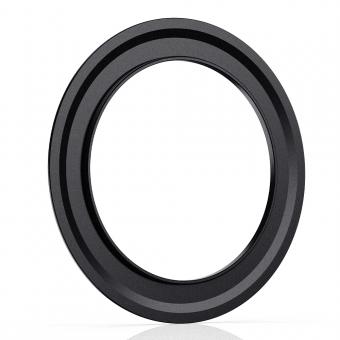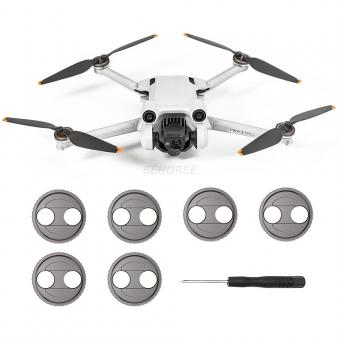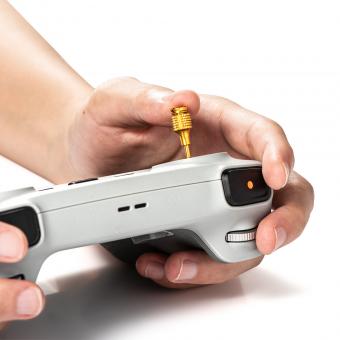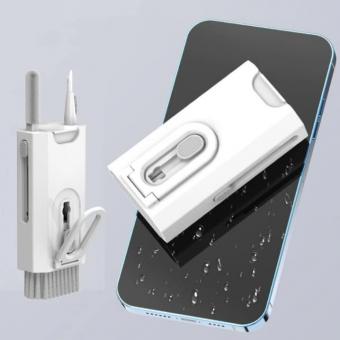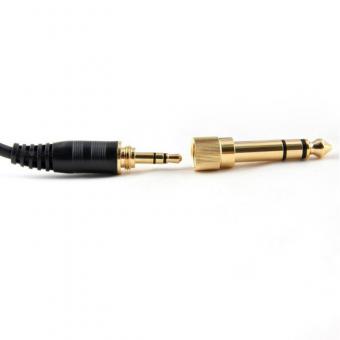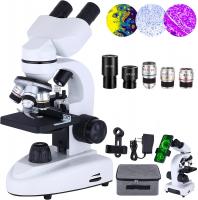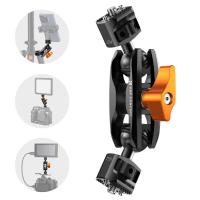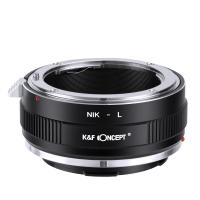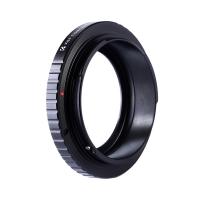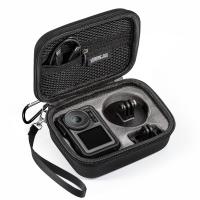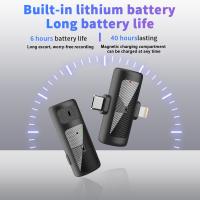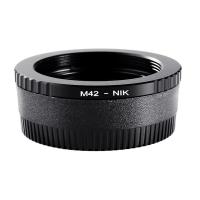Which Polar Pro Filter To Use ?
The choice of Polar Pro filter depends on the specific camera and shooting conditions. Polar Pro offers a range of filters for different cameras and situations, such as ND filters for reducing light and increasing exposure time, polarizing filters for reducing glare and enhancing colors, and hybrid filters that combine both ND and polarizing effects. It is important to choose the right filter size and thread type that matches the camera lens, as well as the right filter strength that matches the lighting conditions and desired effect. Polar Pro also offers filter kits that include multiple filters for different situations, as well as filter accessories such as lens caps, cases, and cleaning tools. It is recommended to research and compare different Polar Pro filters and read reviews from other users before making a purchase.
1、 Circular Polarizer Filter
Which polar pro filter to use? The answer to this question depends on the specific needs of the photographer or videographer. However, one of the most popular polar pro filters is the Circular Polarizer Filter.
The Circular Polarizer Filter is designed to reduce glare and reflections from non-metallic surfaces such as water, glass, and foliage. It also enhances color saturation and contrast, making it a great choice for landscape and outdoor photography.
In addition, the Circular Polarizer Filter can also be used for videography, especially when shooting in bright sunlight. It helps to reduce the amount of light entering the lens, which can prevent overexposure and improve the overall quality of the footage.
One of the latest advancements in polar pro filters is the use of multi-coated glass. This technology helps to reduce ghosting and flare, which can be a common issue when shooting with filters. It also improves the durability of the filter, making it more resistant to scratches and other types of damage.
Overall, the Circular Polarizer Filter is a versatile and useful tool for photographers and videographers. It can help to improve the quality of images and footage, especially when shooting in challenging lighting conditions.
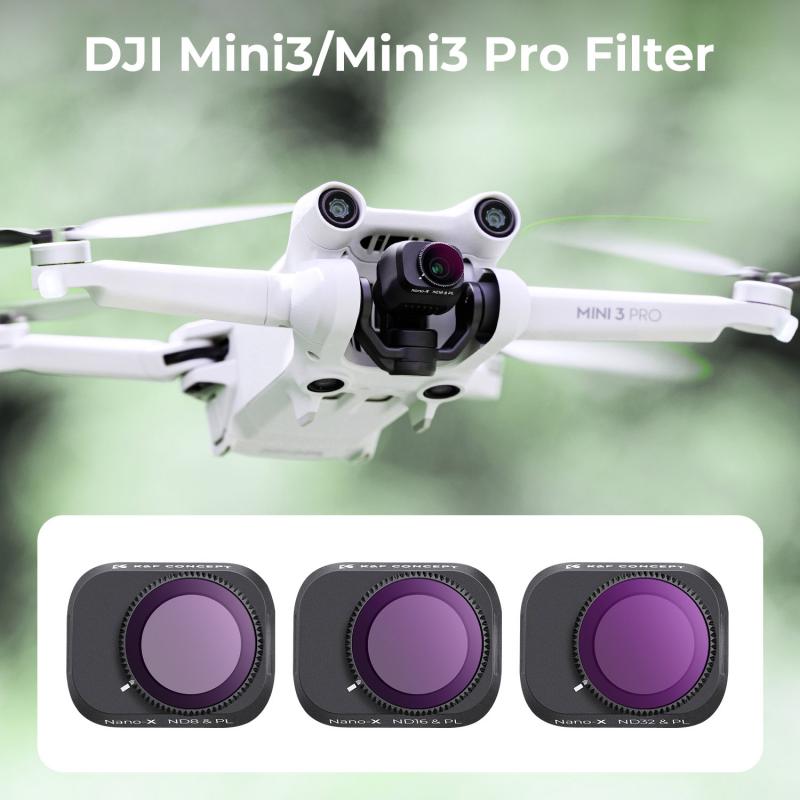
2、 Neutral Density Filter
Which polar pro filter to use depends on the specific situation and desired outcome. However, one popular option is the Neutral Density (ND) filter. ND filters reduce the amount of light entering the camera without affecting the color balance, allowing for longer exposure times and wider apertures in bright conditions. This can create a variety of effects, such as motion blur in water or clouds, or shallow depth of field in bright sunlight.
Polar Pro offers a range of ND filters with different strengths, measured in stops. The higher the number of stops, the darker the filter and the greater the reduction in light. For example, a 3-stop ND filter reduces light by three stops, allowing for a longer exposure time than without the filter.
The latest point of view on ND filters is that they are essential for capturing high-quality footage in bright conditions, particularly for video. They can also be useful for still photography, especially for landscape and outdoor photography. However, it's important to choose the right strength of ND filter for the specific situation, as using too strong a filter can result in underexposed images. Additionally, some cameras may have built-in ND filters, so it's important to check before purchasing an external filter.
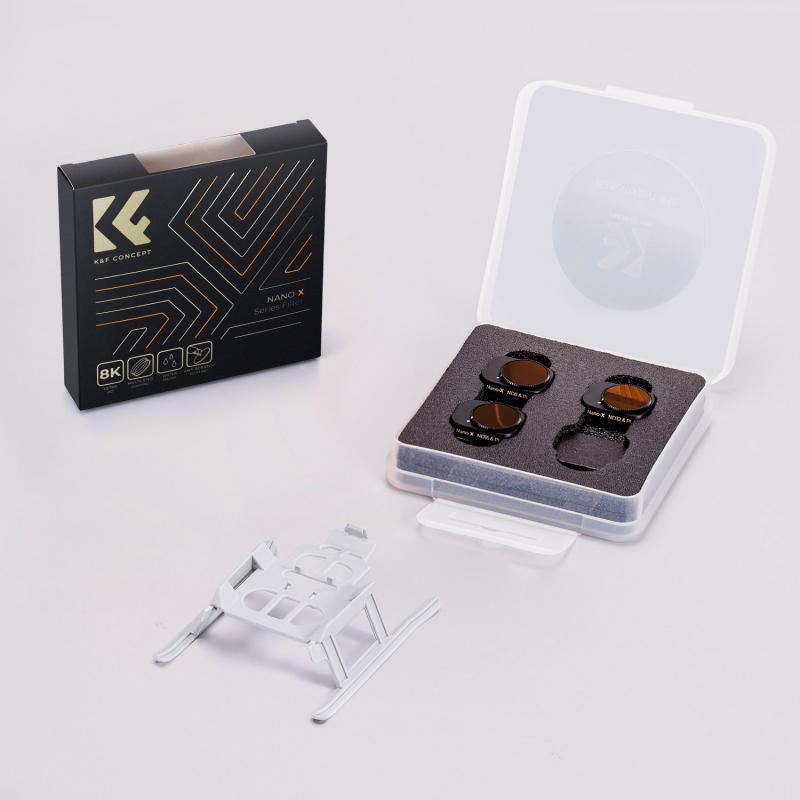
3、 Graduated Neutral Density Filter
Which polar pro filter to use depends on the specific situation and desired outcome. Polar Pro offers a range of filters, including circular polarizers, neutral density filters, and graduated neutral density filters.
A graduated neutral density filter is a popular choice for landscape photographers who want to balance the exposure between the sky and the foreground. This filter has a gradient that transitions from dark to clear, allowing for a more even exposure across the image. It is particularly useful during sunrise or sunset when the sky is much brighter than the foreground.
Polar Pro's latest graduated neutral density filter, the QuartzLine 2-5 Stop Soft Edge Graduated ND Filter, is made with high-quality quartz glass and features a soft edge transition for a more natural-looking blend between the dark and clear areas of the filter. It also has a hydrophobic and scratch-resistant coating for added durability.
When choosing a polar pro filter, it's important to consider the specific lighting conditions and desired outcome of the image. A graduated neutral density filter can be a valuable tool for achieving a balanced exposure in landscape photography.
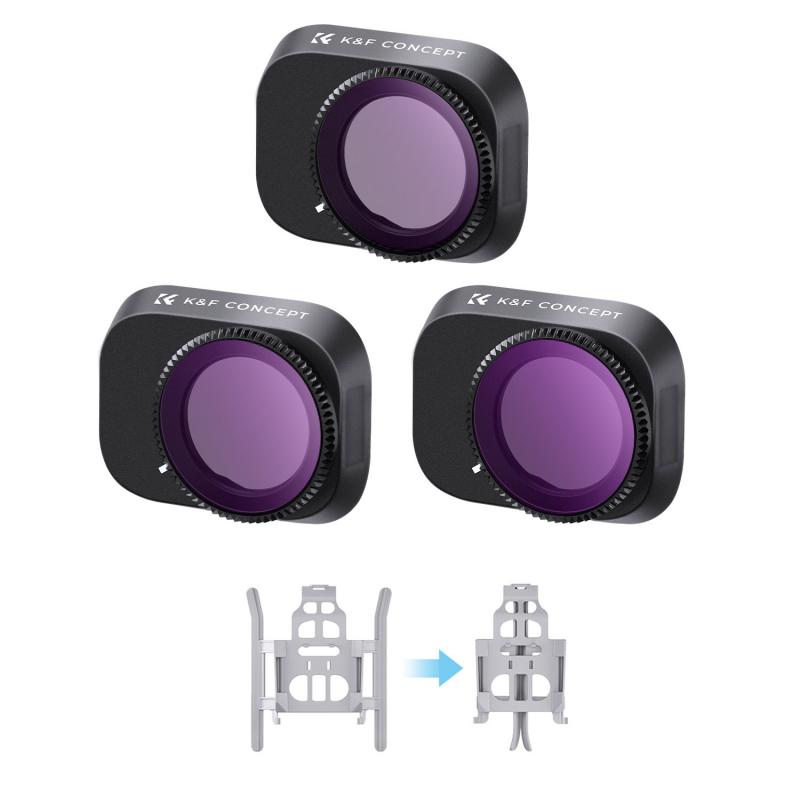
4、 UV Filter
Which polar pro filter to use depends on the specific situation and desired outcome. Polar Pro offers a range of filters, including ND filters, polarizers, and UV filters.
If you are shooting in bright sunlight, an ND filter can help reduce the amount of light entering the lens, allowing you to use a slower shutter speed or wider aperture without overexposing the image. Polar Pro's ND filters come in different strengths, from ND4 to ND1000, so you can choose the right one for your needs.
If you are shooting near water or other reflective surfaces, a polarizer can help reduce glare and improve color saturation. Polar Pro's polarizers come in different strengths and are available in both circular and linear polarizing options.
Finally, if you are looking for a general-purpose filter to protect your lens from scratches and dust, a UV filter can be a good choice. However, some photographers argue that UV filters can degrade image quality, so it's important to choose a high-quality filter and use it only when necessary.
Overall, the best polar pro filter to use depends on your specific needs and shooting conditions. It's always a good idea to research and test different filters to find the one that works best for you.
